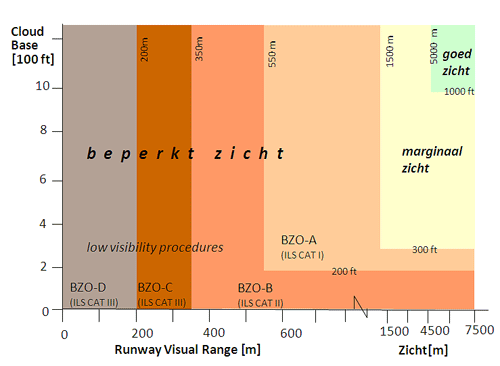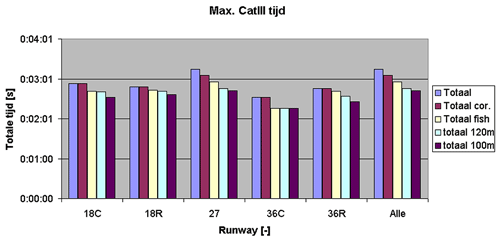It has been widely recognised that the European Air Traffic Management system is operating close to its limits. At Schiphol this recognition is even stronger. During good visibility the available runways are used to capacity. During poor and marginal visibility, the runway capacity is significantly below normal, which leads to cancellations and delays.
Schiphol is an important hub airport, 60% of the passengers arriving at Schiphol transfer to another flight on the way to their final destination. It is important that arriving flights adhere to schedule, so reliable connections can be guaranteed. By improving the landing capacity in adverse conditions, the number of cancellations and delays must be decreased.
The challenge
The objective of the project is to optimise the runway throughput and utilisation during Low Visibility Conditions (LVC) by minimizing the time the ILS protection area is occupied. The first way to reach the goal is to improve procedures to vacate the runway. Second, solving ILS signal disturbance issues and enhancing ground controller and pilots’ situation awareness leads to increased runway utilisation during LVC.
Increased Landing Capacity Schiphol is an important part of the SESAR strategy to improve runway utilisation and throughput.

The approach
Calculations have shown that reduction of airborne separation is possible when the time to clear the ILS protection area (TPA) can be reduced. Increased Landing Capacity Schiphol will identify and evaluate measures that can improve the landing capacity during marginal and poor visibility conditions.
The research that has been performed to develop a strategy to improve landing capacity was supported by input from the KDC sector, NATS, Eurocontrol and Skyguide. Furthermore NLR research that has been financed by the Ministry of Transport and the LVNL preliminary study (‘Increasing Inbound Capacity during BZO C and D’) were used as input.
The results
The strategy to reduce TPA consists of three steps. Firstly a campaign is started to improve pilots awareness of the fact that reduced TPA improves capacity and reduces delays. The second step is to apply a new layout of the ILS protection area while still using the existing localizer antenna array. The third step in the strategy is to install a super wide antenna array for the Localizer, which makes a further reduction of the protection area possible and therefore also reduced TPA. Alternative landing systems like MLS and GBAS have been investigated, but advantages for application at Schiphol were not found.
The final presentation (Dutch) of the project including the results can be found in the download section.

Parties involved
